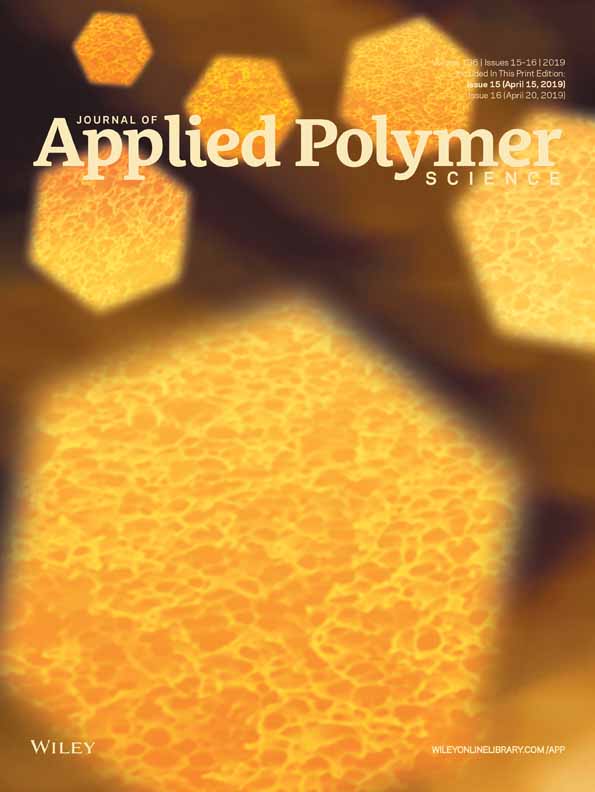Dewetting and photochemical crosslinking of adhesive pads onto lithographically patterned surfaces
ABSTRACT
The design of structured adhesive interfaces can be realized by dewetting of a liquid adhesive onto substrates with hydrophilic and hydrophobic domains followed by photochemical crosslinking. The latter allows the creation of well-defined arrays of confined adhesive pads with a controlled geometry. In a first step, the surfaces are covered by a hydrophobic film and lithographically patterned through a mask with an array of spots with diameter of 2 mm. The adhesive can consequently be locally deposited by a dosing syringe and remains confined within the hydrophilic spots. By defining the volume of the adhesive droplets, the contact angle and height of the adhesive pads are controlled through pinning at the hydrophilic/hydrophobic interface, which prevents further spreading. Alternatively, the dip coating and spontaneous dewetting of liquid adhesive over the patterned surface provide a continuous fabrication method for adhesive pad arrays. In a second step, the geometry of the deposited adhesive pads is stabilized by partial crosslinking during different times under UV light. Finally, an adhesive joint is created by applying the counterface followed by full cross-linking. The adhesive strength and mechanical performance are further optimized by considering different crosslinking times and pattern designs. © 2018 Wiley Periodicals, Inc. J. Appl. Polym. Sci. 2019, 136, 47321.




